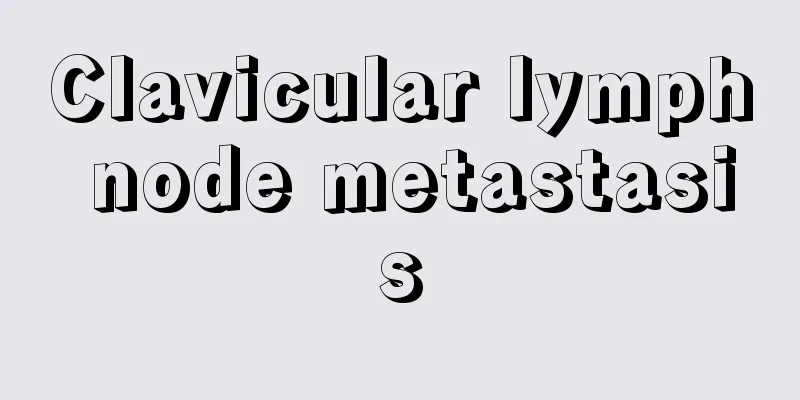Precautions for postoperative care of pancreatic cancer

|
What are the precautions for postoperative care of pancreatic cancer? Pancreatic cancer is a common malignant disease of the digestive tract in modern society. Surgery is the first choice for this disease, but this method will also bring a lot of pain to the patient. If the care method is not correct, it is difficult for the disease to recover well. So, how should we care for patients after pancreatic cancer surgery? What are the precautions for postoperative care of pancreatic cancer? It is important to keep the airway open. 1. Keep the airway open and perform aerosol inhalation 2-3 times a day, encourage the patient to take deep breaths, and assist in expectoration. Because the operation is large and the patient has severe pain after the operation, a self-controlled analgesic pump can be used. 2. Postoperative IFL position After general anesthesia, the patient should lie flat, and change to semi-recumbent position after the vital signs are stable. The head of the bed should be raised to no less than 40 degrees to facilitate drainage of various drainage tubes and avoid fluid accumulation. It can also reduce abdominal muscle tension, facilitate deep breathing, and relieve pain. The patient's lying position should be adjusted frequently to prevent falling out of bed and the occurrence of bedsores. 3. Preventing urinary tract infection is also an important measure for postoperative care of pancreatic cancer. A urinary catheter should be left in place for 5-7 days after surgery, and the sterile urine bag should be changed daily. Be careful not to allow urine to flow back. Clean the perineum once a day. The urinary catheter should be clamped before removal, and opened once every 2-4 hours to exercise bladder function. 4. Closely observe vital signs, including blood pressure, pulse, respiration and body temperature, and continuously provide low-flow oxygen. 5. Postoperative care for pancreatic cancer patients: Nutritional support after surgery: Patients with pancreatic cancer generally fast for 2-3 days and receive intravenous nutrition. The gastric tube can be removed only after the gastrointestinal tract is vented and the patient can drink a small amount of water and then gradually transition to a normal diet. 6. Keep various drainage tubes open. Because the WHIPPLE procedure removes the distal v2 stomach and reconstructs the digestive tract, there are more drainage tubes. |
<<: How should people with pancreatic cancer arrange their diet
>>: Psychological care for patients with pancreatic cancer
Recommend
How to effectively treat rib neuralgia?
The treatment of rib neuralgia must of course be ...
What to do if you have stomach cramps
I don’t know if you have ever had this experience...
The effects and functions of moxa foot bath
Chinese people all like to soak their feet for he...
Can an induction cooker be used to grill meat?
The induction cooker is a very convenient househo...
How to treat acne and remove scars?
Acne is a skin disease that is common among young...
Indoor formaldehyde detection, the on-site detection process is like this
Pollution is inevitable during the decoration pro...
Will the fetus move while sleeping?
Pregnancy and childbirth is a complex and magical...
Several common causes of laryngeal cancer
There are many diseases in the throat area, and l...
Does folliculitis hurt?
Folliculitis is a skin disease that mostly occurs...
Who is not suitable for drinking five-red soup?
In modern life, people attach great importance to...
Is stage 4 lymphoma considered advanced?
Lymphoma is a malignant tumor that mostly occurs ...
What causes bone cancer
In recent years, bone cancer has become one of th...
The difference between thymosin and thymopentin
Thymosin and thymopentin are both medical drugs. ...
Is neurofibromatosis serious? Learn about the four serious conditions of neurofibromatosis
When it comes to neurofibromatosis, everyone must...
7 types of people are prone to colorectal cancer? What are the early symptoms of colorectal cancer?
7 groups of people are prone to colorectal cancer...









